Types of shell and tube heat exchangers include fixed tube sheet, U-tube, and floating head designs. Fixed tube sheet models are best suited for simple, low-pressure operations, U-tube exchangers are designed to efficiently handle thermal expansion, and floating head exchangers provide the flexibility and durability needed for harsh operating environments. Each type, with its unique structure and characteristics, is tailored for specific applications. Exploring these types will give you a clearer understanding of where and how each exchanger is most effectively used.
Types of Shell and Tube Heat Exchangers
The main types of shell and tube heat exchangers fall into three categories:
Fixed Tube Sheet Shell and Tube Heat Exchangers
Fixed tube sheet exchangers are among the most common and basic shell-and-tube types, widely used in industry due to their simple construction and low initial cost.
In this design, the tube sheet (tubesheet) is permanently welded to the shell. The tubes—typically straight—are attached at both ends to these fixed tube sheets. This welded connection creates an integral, rigid structure that helps keep the design economical.
A fixed tube sheet heat exchanger transfers heat between two fluids: one flows inside the tubes, and the other flows through the space around the tubes, i.e., the shell side. Heat from the hot fluid passes through the tube walls and is transferred to the colder fluid.
To improve heat transfer, baffles are installed inside the shell. These baffles force the shell-side fluid to follow a bent, zigzag path so it contacts the tubes more and spends longer inside the exchanger, thereby enhancing overall heat transfer.
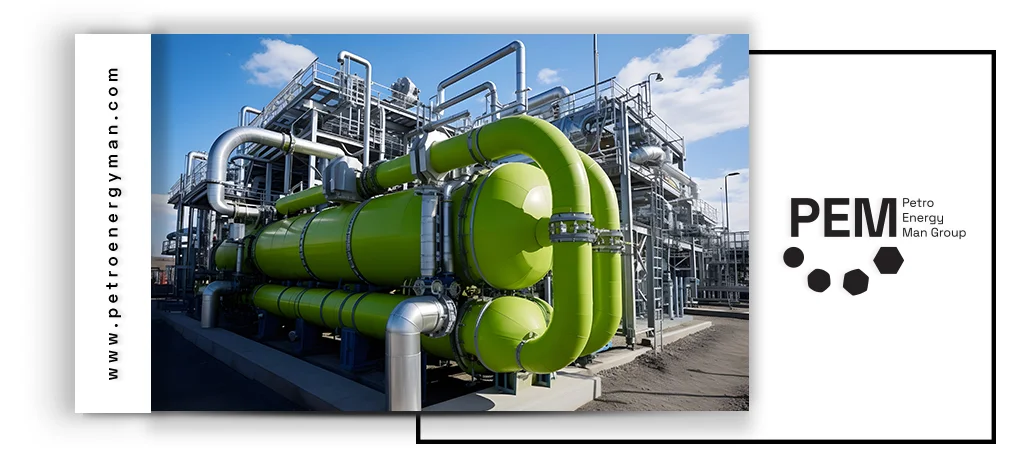
Which industries make the most use of fixed tube sheet heat exchangers?
These exchangers are widely used in chemical process industries and refinery services. Common application areas include power plants, HVAC systems, hydraulic structures, paper mills, refrigeration systems, and the pharmaceutical industry.
In a separate article on Shell and Tube Heat Exchanger, the general structure, working principle, and key applications of this type of heat exchanger are explained. Referring to that article can provide helpful context before exploring the different types in detail here.
U-Tube Heat Exchangers
U-tube heat exchangers provide an effective solution to the thermal expansion challenges encountered in fixed tube sheet models.The distinctive feature of U-tube exchangers is the bending of tubes into a U shape. Unlike other shell-and-tube exchangers, which typically have two tube sheets, this type uses only a single tube sheet, to which both ends of the U-shaped tubes are fixed. This design allows the tubes to move freely within the shell.
In U-tube exchangers, the tube-side fluid enters one end of the U-shaped tube and exits from the same end after passing through the U bend.
This unique design allows each tube to expand and contract independently. It effectively addresses thermal expansion issues caused by large temperature differences between the shell and tubes without the need for expansion joints or other compensating mechanisms, preventing destructive mechanical stresses. The fluid flow inside the tubes and on the shell side can be arranged in either parallel or counterflow configurations, enhancing heat transfer efficiency.
Which industries use U-tube heat exchangers the most?
U-tube heat exchangers play a critical role in nuclear power plants, transferring heat from the reactor coolant to the secondary cooling system. They are also essential in the oil, gas, and energy industries. One major operational challenge is fouling buildup, which can be effectively managed using ultrasonic technology, improving efficiency and reducing maintenance costs. Additionally, U-tube exchangers are widely used in the food industry and in processes requiring high-pressure heat transfer or rapid cooling.
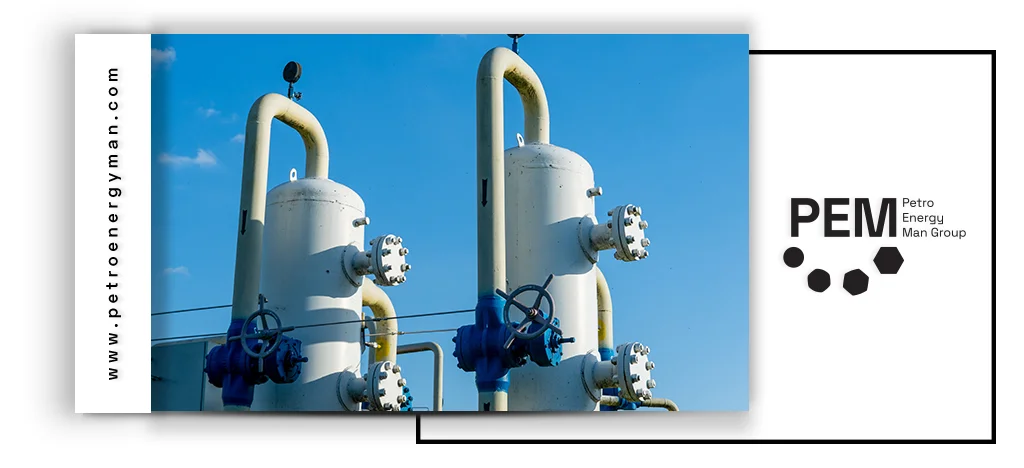
Floating Head Shell-and-Tube Heat Exchangers
Floating head heat exchangers are the most advanced and flexible models within the shell-and-tube family, designed for use in harsh environments with high operational standards.
A key feature of this type of exchanger is the presence of a “floating” tube sheet at one end. Unlike fixed tube sheet exchangers, the tubes in this design are straight and connected at one end to a fixed tube sheet and at the other end to the floating tube sheet. The floating tube sheet is designed to move axially within the shell. This free movement is the key to the exchanger’s ability to handle challenging operating conditions.
The free movement of the floating tube sheet allows the tube bundle to expand and contract independently of the shell. This feature completely eliminates mechanical stresses caused by large temperature differences between the shell and tubes and prevents damage such as tube buckling or leaks. This capability is especially important in applications where fluid temperatures or pressures vary significantly over time.
During operation, the hot fluid flows inside the tubes while the cold fluid flows around the tubes within the shell. The floating head design also helps reduce pulsations and vibrations in the fluid flow, enhancing the stability and overall lifespan of the exchanger. By controlling thermal expansion and minimizing vibrations, floating head exchangers become a reliable choice for sensitive processes.
Key Applications of Floating Head Exchangers
These exchangers are widely used in oil and gas, petrochemical, power generation, food and pharmaceutical industries, cooling towers, and boilers. They are also suitable for heating, cooling, evaporation, and liquid-phase concentration in industries such as metallurgy, electronics, chemicals, pharmaceuticals, and food processing.
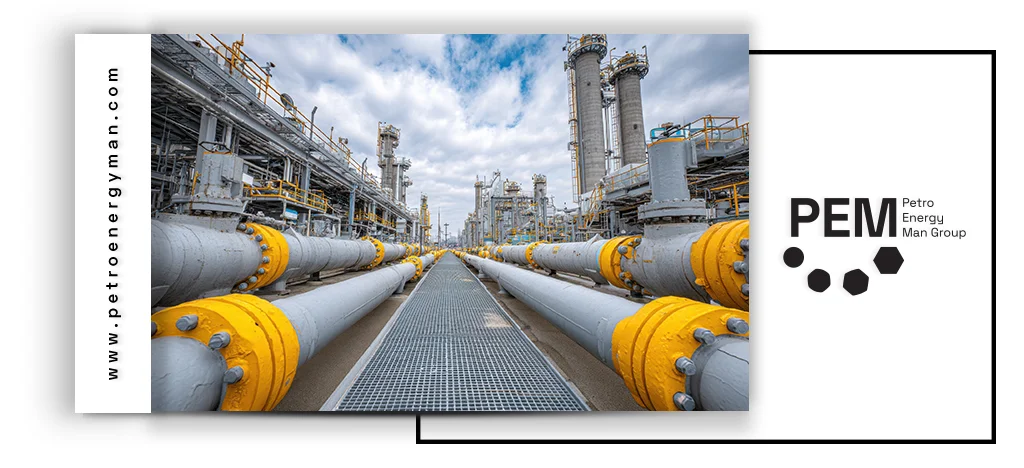
Conclusion
This text reviewed various types of shell and tube heat exchangers in detail. Fixed tube sheet models are suitable for moderate temperature and pressure conditions due to their simplicity and low cost. U-tube models provide an effective solution for thermal expansion challenges, while advanced floating head models offer flexibility and high resistance to harsh operating conditions. Therefore, it is recommended to carefully evaluate all features and applications of each exchanger type before making a selection

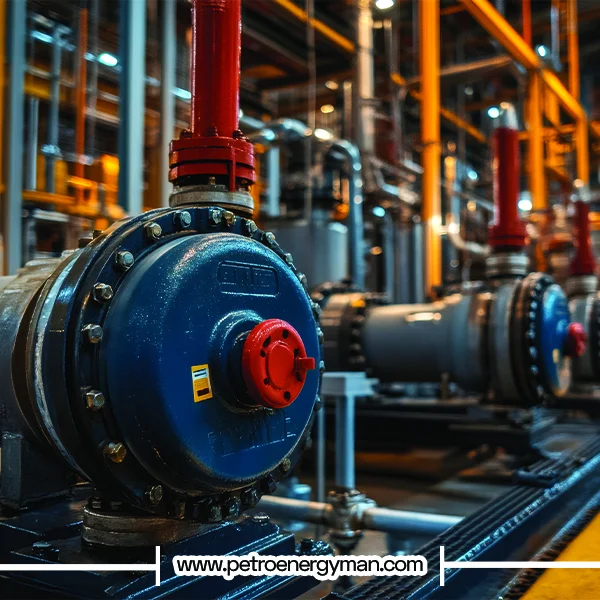

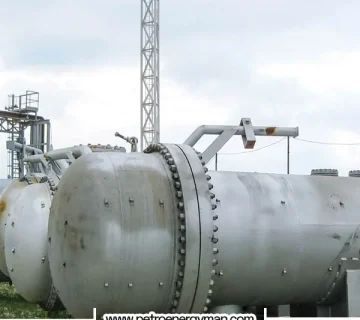

No comment